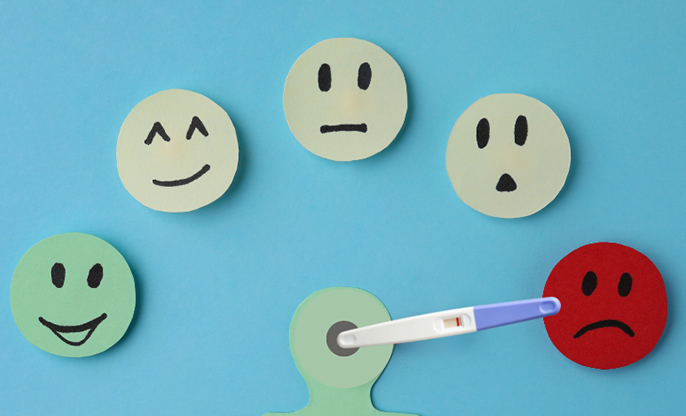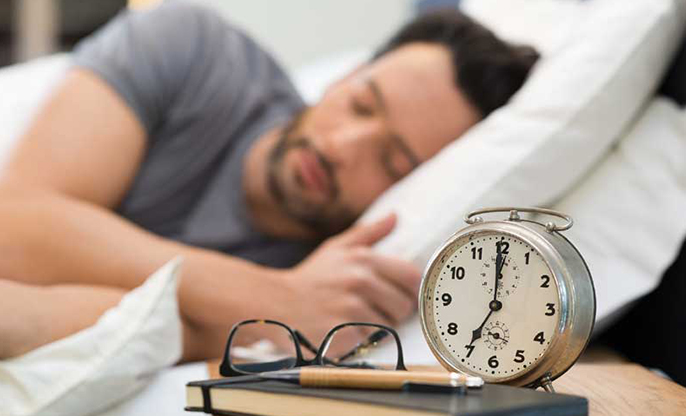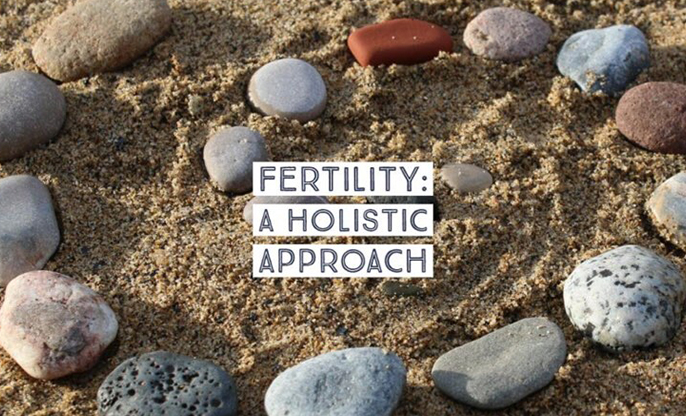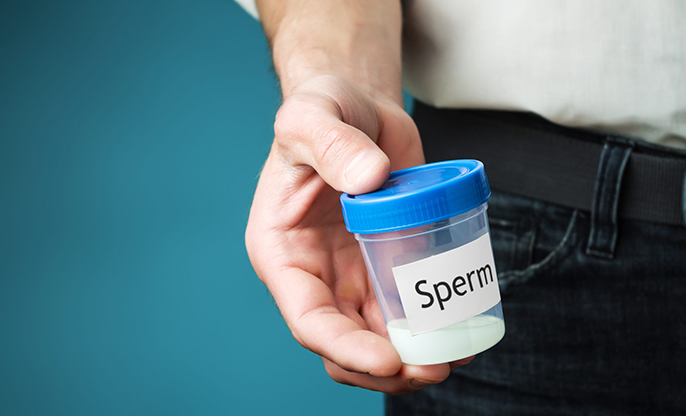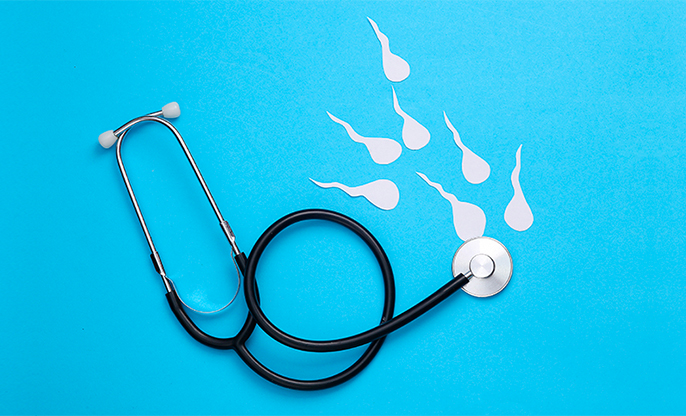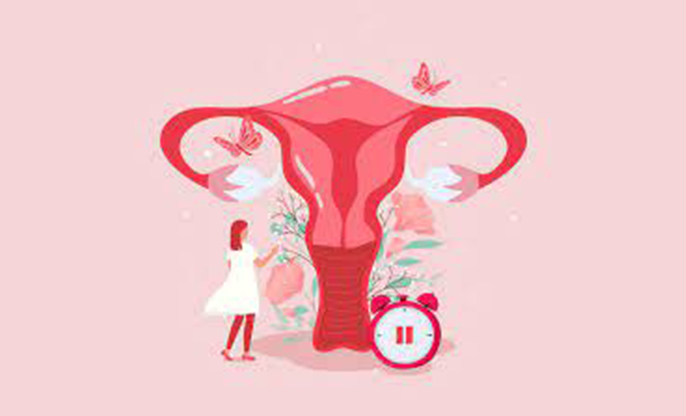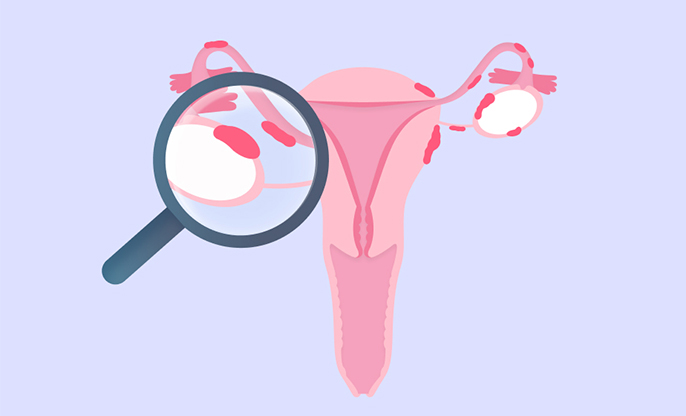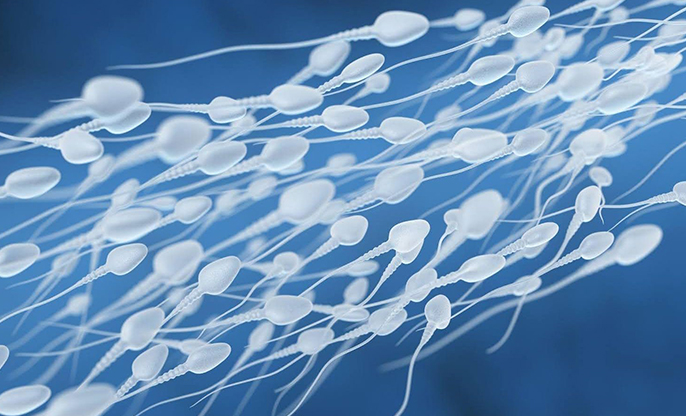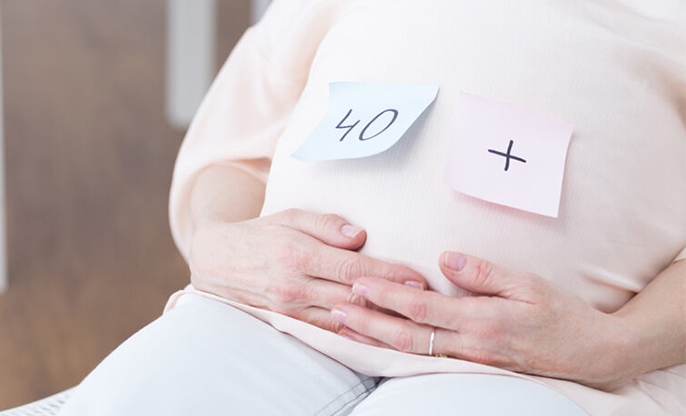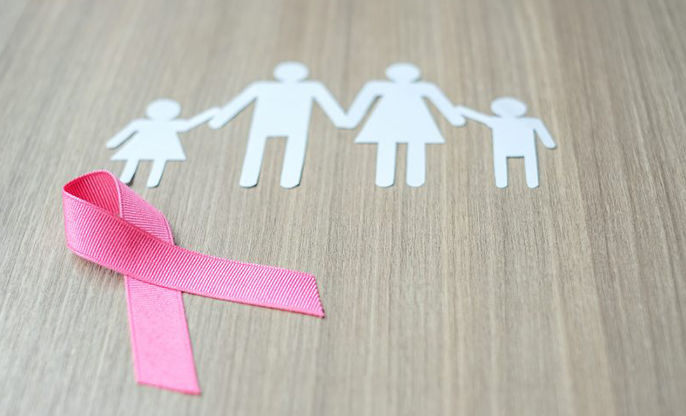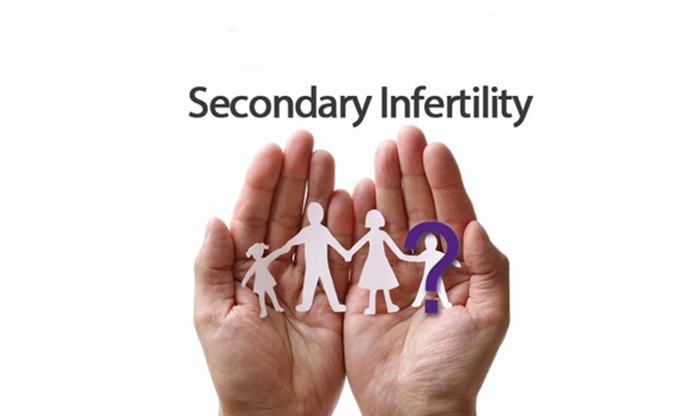
The importance of physical activity for overall health and well-being cannot be overstated. Exercise contributes to cardiovascular health, helps manage weight, and reduces the risk of chronic diseases. However, when it comes to fertility, finding the right balance of physical activity becomes crucial. While exercise can have many benefits, excessive or intense physical activity may impact fertility in both men and women. Let's explore the relationship between physical activity and fertility and how to strike the right balance.
The Impact of Physical Activity on Fertility:
For
women, maintaining a healthy level of physical activity is generally associated
with improved fertility. Regular exercise can help regulate menstrual cycles,
enhance hormonal balance, and reduce the risk of conditions like polycystic
ovary syndrome (PCOS), which can affect fertility.
However, excessive exercise, particularly when combined with low body fat, can lead to a condition known as hypothalamic amenorrhea. This condition results from a disruption in the hypothalamus-pituitary-ovarian axis, which controls reproductive hormones. Irregular menstrual cycles or amenorrhea (absence of menstruation) can make it difficult for women to conceive.
Finding the Right Balance:
- Aim for a moderate
level of physical activity: Engaging in moderate-intensity exercises like
brisk walking, swimming, or cycling can support fertility without
overexertion.
- Monitor your
menstrual cycle: Pay attention to any changes in your menstrual cycle. If
you notice irregularities, it may be a sign that your exercise routine
needs adjustment.
- Maintain a healthy
body weight: Strive for a healthy body weight and avoid excessive weight
loss, as this can disrupt hormonal balance and affect fertility.
- Consult a healthcare provider: If you have concerns about how your exercise routine may be impacting your fertility, consult with a healthcare provider or fertility specialist for personalized guidance.
Balancing Physical Activity and Fertility:
Balancing
physical activity and fertility is achievable with thoughtful planning and
self-awareness. Here are some general tips:
- Prioritize overall
health: Focus on maintaining good overall health through a well-rounded,
balanced lifestyle that includes regular exercise, a nutritious diet, and
stress management.
- Listen to your body:
Pay attention to how your body responds to exercise. If you experience
fatigue, irregular menstrual cycles, or changes in sperm quality, consider
adjusting your exercise routine.
- Seek professional guidance: If you have concerns about the impact of physical activity on your fertility, consult with a healthcare provider or fertility specialist. They can offer personalized advice based on your specific circumstances.
In conclusion, physical activity can be a friend or foe of fertility, depending on the level and intensity of exercise. Striking the right balance by engaging in moderate, regular physical activity while being mindful of individual needs and responses is essential to optimize your chances of achieving a healthy and successful pregnancy.



